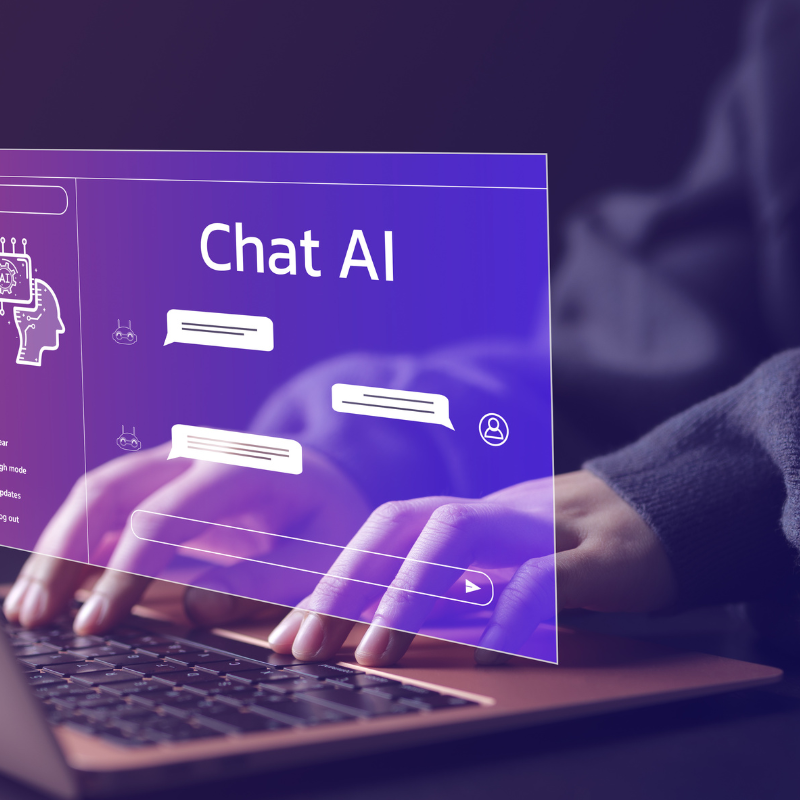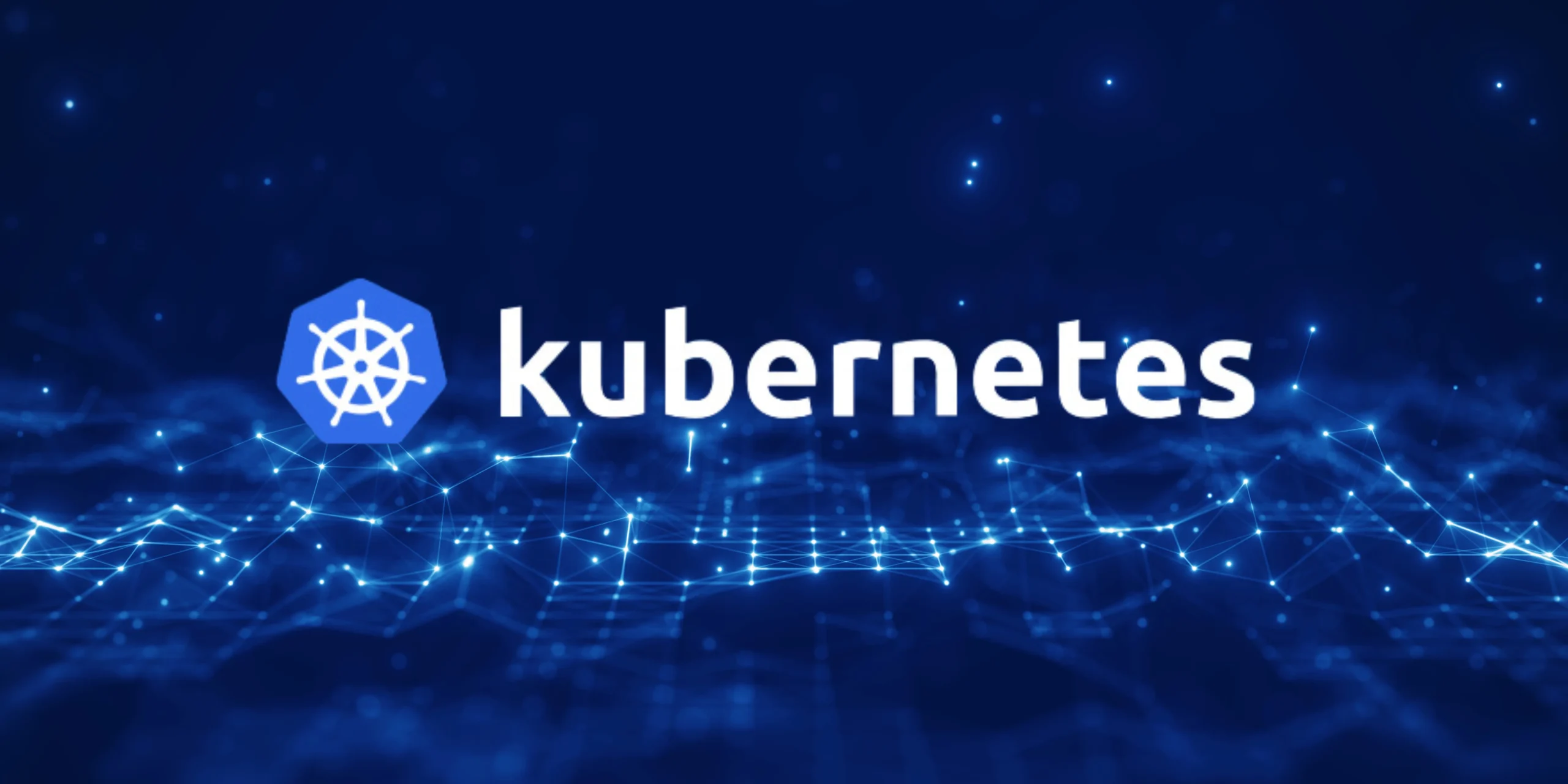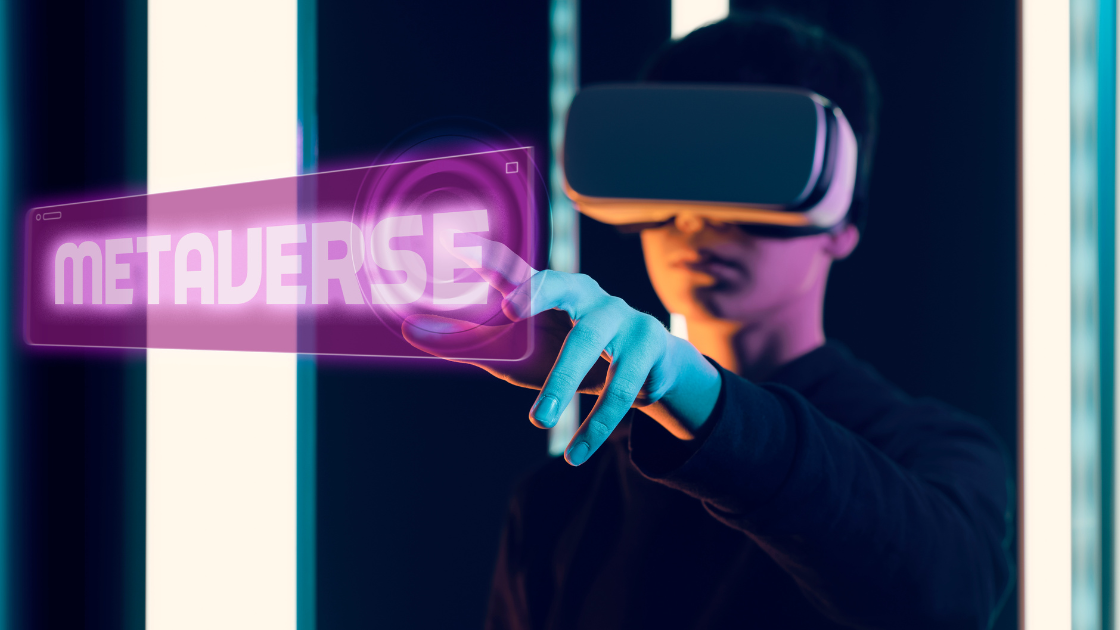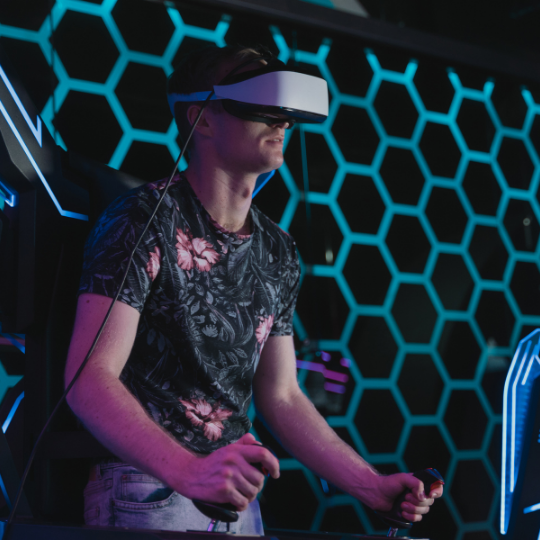AI agents are programs that can do tasks by themselves, often without needing a human. Artificial intelligence has existed for many years, but ongoing improvements have made it much better at understanding what AI can achieve.
Recently, large language models like ChatGPT have proven to everyone what AI can really do. Agents built from those bigger models have given us numerous uses in various fields. These agents are capable of thinking and planning to do a task with minimal human help.
Here, we explain just how these agents work, the benefits they offer, and where they might be used in the future.
How Do AI Agents Operate?
These agents have a way of working that helps them do tasks by themselves. This can be divided into three main categories: planning, decision-making, and adapting to feedback.
- First, it gets a goal. That is the job that it has to do. After having a goal, it figures out how to do it by breaking up the job into more manageable steps. The agent learns about its surroundings by means of sensors or data and gets every piece of information that it needs.
- Next is the decision made based on the data collected. It views the information, makes an assumption on what will be the best actions, and then carries out those actions. The agent is only concerned with picking the steps that offer the best guarantee of success.
- Finally, after performing the action, it looks to see if the efforts have been successful. Then, it examines the outcomes and learns from mistakes. It can change the way it will do things on later attempts. Over time, it becomes increasingly proficient at completing similar tasks.
Main Components Of An AI Agent
An agent consists of several significant components, all working towards achieving the goal by representing the model itself, sensors, and actuators.
The main part of the AI model makes decisions for the agent; it looks at the data and decides what the agent should do. The model might be a huge language model or a huge vision-language model, perhaps even bigger, working with text, images, and everything else.
Sensors are tools the agent uses to collect information from its environment. For software agents, sensors can be digital interfaces that get data from websites or databases. For robots, sensors might be cameras or microphones that help the agent see and hear what is around it.
Actuators are the agent’s tools for interacting with the world. They may, for instance, in software control other applications or even devices. Other examples of actuators for robots can include physical parts, such as arms or speakers, which enable the agent to do its tasks according to the data it has processed.

Types Of AI Helpers
Different kinds of agents exist, and each of them works differently. There are simple reflex agents, model-based agents, goal-based agents, utility-based agents, and the multi-modal agents among them.
Simple reflex agents are the most basic kind of agent. In other words, they follow a set of rules that help them in working on what actions to do when specific conditions occur. For instance, if one specific condition occurs, the agent will take the action related to this condition. However, these agents cannot learn or change based on what they have experienced before.
Model-based reflex agents are better because these agents can learn from what they did before. They maintain a record of their past actions, so therefore they can take decisions based on both current information and their memories. Therefore, they are very flexible compared to simple reflex agents.
Goal-based agents have a clear goal or aim. They decide based on what will help them get closer to that goal. These agents can adjust and deal with more complicated situations because they can change their plan if necessary.
Utility-based agents do more than just strive to make some goal; they also try to obtain the maximal reward or gain. They consider the possible result of each action and pick that one that will yield the best outcome. This helps them out whenever there are plenty of goals or many ways to solve a problem.
Finally, multi-modal agents are the most evolved type of agent. They can understand any kind of input, such as text, pictures, and sound, which allows them to accomplish more complex tasks.
Uses Of AI Agents
AI agents are used in many areas today, and their uses are increasing quickly. One common use is in virtual assistants like Siri, Alexa, and Google Assistant. These agents can do tasks such as answering questions, ordering things, or managing smart home devices.
Chatbots, using AI, assist businesses in automating common interactions with customers in customer service. They may answer the most frequently asked questions, pass complicated queries to the appropriate department, or refer to human agents.
These agents help a lot with recommendation systems. Websites like Netflix and Amazon use agents to recommend movies, shows, or products based on what a user likes and what they have done before.
In finance and cybersecurity, agents are used to analyze big sets of data and provide predictions. These agents can look at big sets of data, identify patterns, and foresee trends which helps companies make smarter decisions.
Finally, robotics is another big area where agents are having an effect. From self-driving cars to factory robots, agents are used to control machines that work with the physical world.
Advantages of AI Agents
The main benefits of using these agents include efficient automation and better decision-making. One major advantage is that they free up human workers by automating repetitive tasks like responding to FAQs and performing periodic checks.
These agents also improve decision-making because they process data much faster and more accurately than humans. They can analyze large amounts of data in real time, which helps in identifying patterns and making smart choices.
Another key advantage is their availability. Unlike humans, AI agents can work non-stop, providing services whenever needed. This is important in fields like customer service, where 24/7 availability is crucial.
These agents also help reduce human error by automating tasks that involve data. This lowers the chances of mistakes caused by fatigue or oversight.
In industries where safety is a concern, agents can be deployed in dangerous environments, reducing the risk of injury to humans. Finally, automating tasks with AI leads to cost savings by lowering labor costs and improving productivity.

Future Trends in AI Agents
In the future, we can expect more AI agents to be used in various industries. They could replace humans in areas like healthcare, transportation, and manufacturing as their abilities improve. For example, agents might assist doctors in diagnosing illnesses or even help perform surgeries.
We may also see more advanced agents that can understand human emotions or become self-aware. These agents could develop a “theory of mind,” allowing them to recognize and respond to human feelings, making interactions more natural.
Another exciting development could be the use of agent swarms. This would involve deploying multiple agents that work together to complete tasks. They could share information and coordinate their actions to solve complex problems more efficiently.
Conclusion
AI agents are a powerful technology that is changing the way we use AI. They are already helping businesses save time, reduce costs, and improve decision-making. As these agents continue to evolve, they will become even more useful in fields like healthcare, finance, and robotics.
However, we must also consider the challenges they bring, such as job displacement and ethical concerns. Moving forward, it will be important to find the right balance between automation and human oversight to ensure that AI benefits everyone in society.





















